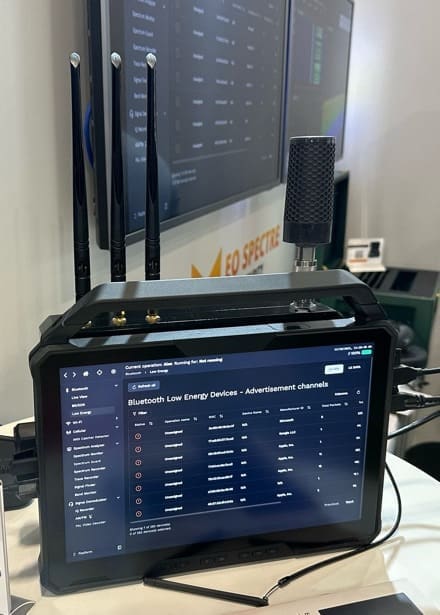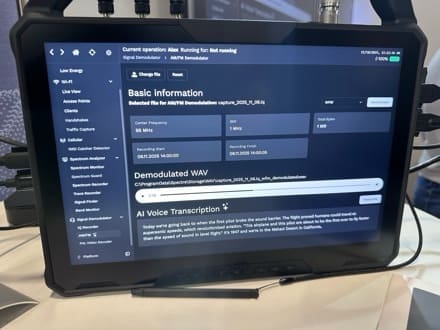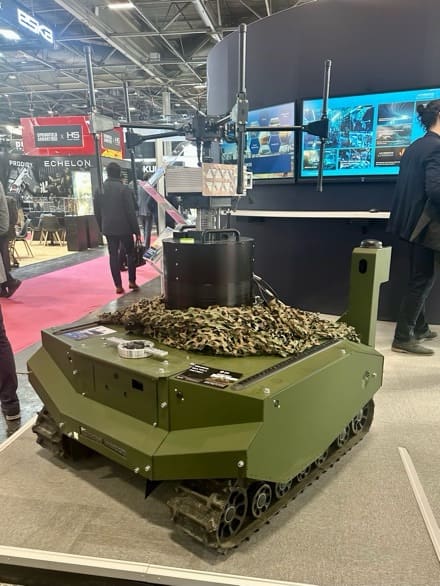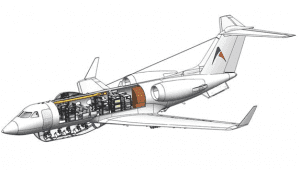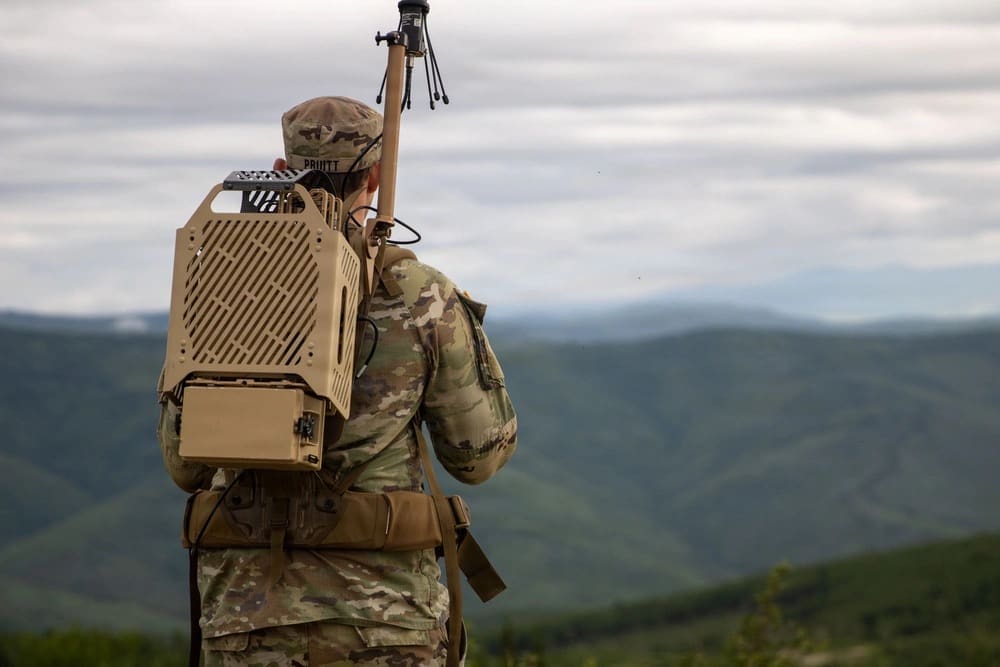
The Army’s ability to adapt and innovate in real time is critical to mission success on the modern battlefield. That’s the driving force behind Transforming in Contact (TiC), an Army-wide initiative focused on delivering cutting-edge technology to units for immediate use, rapid experimentation and iterative improvement. Unlike long-term modernization strategies that can take years, TiC is designed for speed and flexibility. It puts emerging capabilities directly into the hands of Soldiers, allowing them to test new equipment, provide feedback from the field and help shape future Army solutions. TiC is about more than just equipment, it’s about creating an agile, data-driven and Soldier-informed approach to modernization.
“The American Soldier is innovative. They are smart. They are hungry for a change,” said Secretary of the Army Daniel Driscoll during a Fox News interview on May 1, 2025. This sentiment reflects the underlying philosophy of TiC. Soldiers must be empowered with technology and organizational flexibility to adapt on the fly. That’s why the Program Executive Office for Intelligence, Electronic Warfare and Sensors (PEO IEW&S) is focused not just on building systems but delivering them in a way that supports experimentation and rapid improvement.
FROM TIC 1.0 TO 2.0
TiC began with six initial units under what has since become known as “TiC 1.0.” These included elements from the 82nd Airborne Division, 101st Airborne Division, 1st Cavalry Division and others selected for their operational diversity and readiness. These efforts laid the foundation for the next phase of the program by identifying capability gaps, refining training requirements and informing changes in unit structure and concept of operations, or CONOPS.
One key lesson learned was the need for flexibility in how systems are configured and deployed based on mission type and terrain. Units provided direct feedback that led to redesigns, simplified interfaces and more modular capabilities—changes that directly shaped TiC 2.0.
“We’re not saying, ‘TiC 1.0 is done, now onto TiC 2.0,’ ” explained Maj. James Duffy, TiC lead at PEO IEW&S. “It’s a natural evolution. We’re expanding the types of units we engage with—aviation, fires, intelligence battalions, special forces, multidomain task forces—and we’re adding granularity to how and where capabilities are delivered.”
In TiC 2.0, the Army is pushing even further. It’s not just about issuing new equipment; it’s also about evaluating how formations are structured. This fall, the Army will test new force design concepts at Joint Pacific Multinational Readiness Center-Exportable. This will include experimentation with smaller, more mobile command posts that are easier to relocate and harder to target.
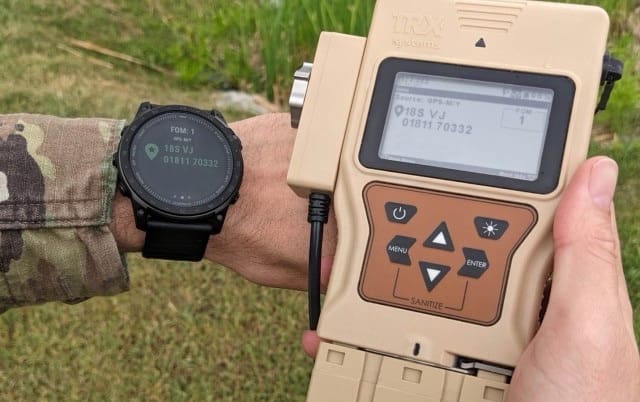
TiC’s unit diversity allows the Army to gather data across different environments, which in turn drives design decisions. For example, requirements in the Pacific marked by dispersed terrain and long-range operations differ from those in Europe, where maneuver and electromagnetic warfare challenges dominate. These operational realities influence form factors, network resilience and sustainment strategies. The goal is to avoid a one-size-fits-all approach and instead tailor capabilities to the mission.
DRIVING TIC FORWARD
Building on its foundational role, PEO IEW&S continues to support TiC by rapidly fielding and refining capabilities through a Soldier-centered lens.
Current PEO IEW&S systems supporting TiC units include:
- Terrestrial Layer System (TLS) Manpack – A portable system for electromagnetic warfare and signals intelligence.
- Mounted Assured Positioning, Navigation and Timing (PNT) System (MAPS) – A vehicle-mounted system that integrates multiple sensors and anti-jam capabilities to provide Soldiers with trusted PNT data in GPS-contested environments.
- Dismounted Assured PNT System (DAPS) – A system that enables dismounted Soldiers to shoot, move and communicate when GPS is denied or degraded.
- Spectrum Situational Awareness System (S2AS) – A software-defined capability that provides Soldiers with real-time visibility of the electromagnetic environment to support decision making and mitigate spectrum threats.
- Micro High Altitude Balloons (mHABS) – Cost effective, deep sensing aerial platforms that can remain aloft for one to three days, part of a directed requirement fulfilled under TiC.
The capabilities are being deployed selectively to prototyping units. Not every Soldier or formation receives the same gear. Instead, the Army is tailoring delivery, collecting detailed user assessments and rapidly improving systems based on feedback.
As Duffy described, “Gone are the days where every Soldier gets the same equipment regardless of formation. We’re doing targeted fielding, getting feedback on a small scale and iterating quickly.”

RAPID FEEDBACK, REAL RESULTS
At the heart of TiC is the speed at which Soldier feedback influences development.
“At Joint Readiness Training Center (JRTC) we had experts onsite, helping a unit reconfigure their setup in real time,” said Duffy. “That kind of optimization doesn’t require an engineering overhaul—it’s something we can fix on the ground. But even when there is an engineering challenge, we’re documenting it, working with vendors and cycling it back into the next release. The whole point of TiC is innovation at the speed of relevance.”
User representatives and intelligence assessments teams are embedded with certain units, generating daily situation reports that go up the chain of command, all the way to the Army deputy chief of staff for intelligence (G-2), Lt. Gen. Anthony Hale. This feedback informs daily development and real-time fixes.
“We’re giving them equipment we know isn’t perfect, because if we wait for perfect, it’s too late,” Duffy said. “This is about progression over perfection. Get it in their hands, hear what works and what doesn’t and come back with something better.”
CONCLUSION
TiC isn’t just a modernization initiative—it’s a mindset shift.
“It would be a failure on our part if the first set of systems we deliver are exactly like the last ones we deliver,” said Brig. Gen. Ed Barker, the program executive officer for PEO IEW&S. “If we’re not learning from user events and rolling that feedback into future iterations, we’re not doing our job.”
Army leadership has made it clear: Modernization must happen faster and be guided by those closest to the mission. “The battlefield is changing as fast as the technology in your pocket, and we know we have to change,” said Gen. Randy George, Army chief of staff, during a recent Council on Foreign Relations panel held on May 19, 2025, in Washington.
As TiC continues to grow in scope and scale, PEO IEW&S remains committed to delivering capabilities that not only enhance mission success today, but shape a more agile, responsive Army for tomorrow.
For more information about PEO IEW&S and their products, go to peoiews.army.mil.
KAY EDWARDS is a public affairs specialist contractor for PEO IEW&S. She holds a B.A. in English composition from Florida State University.



